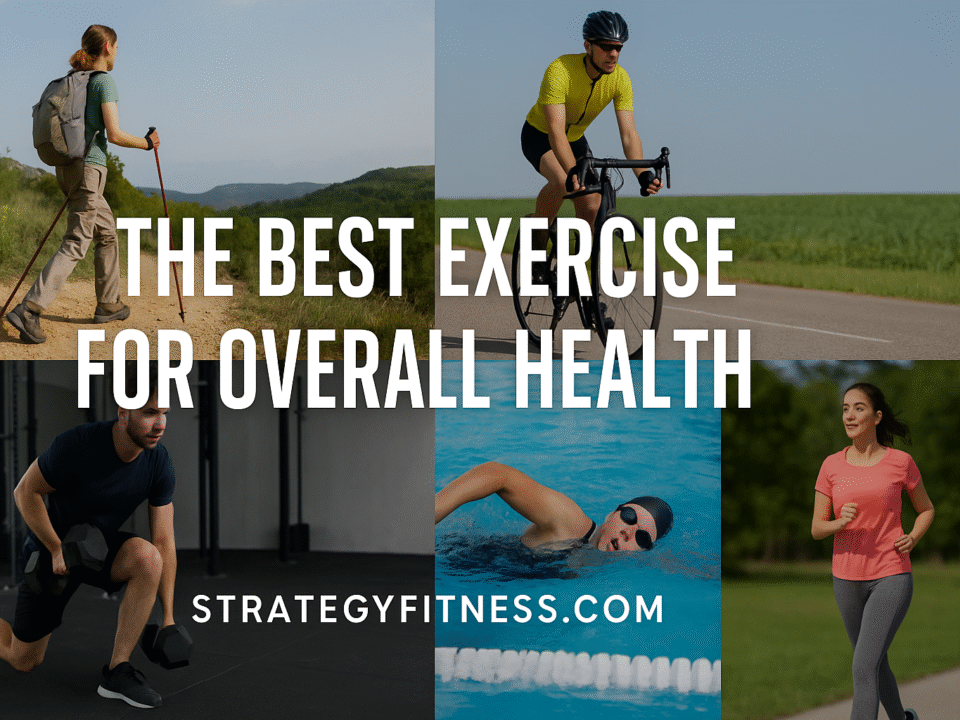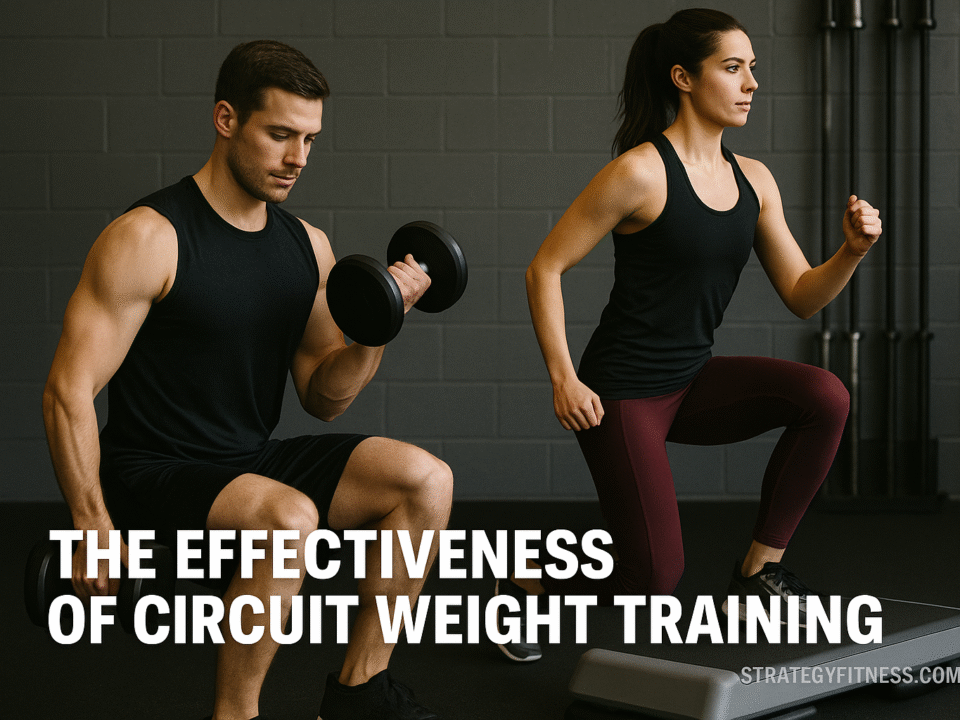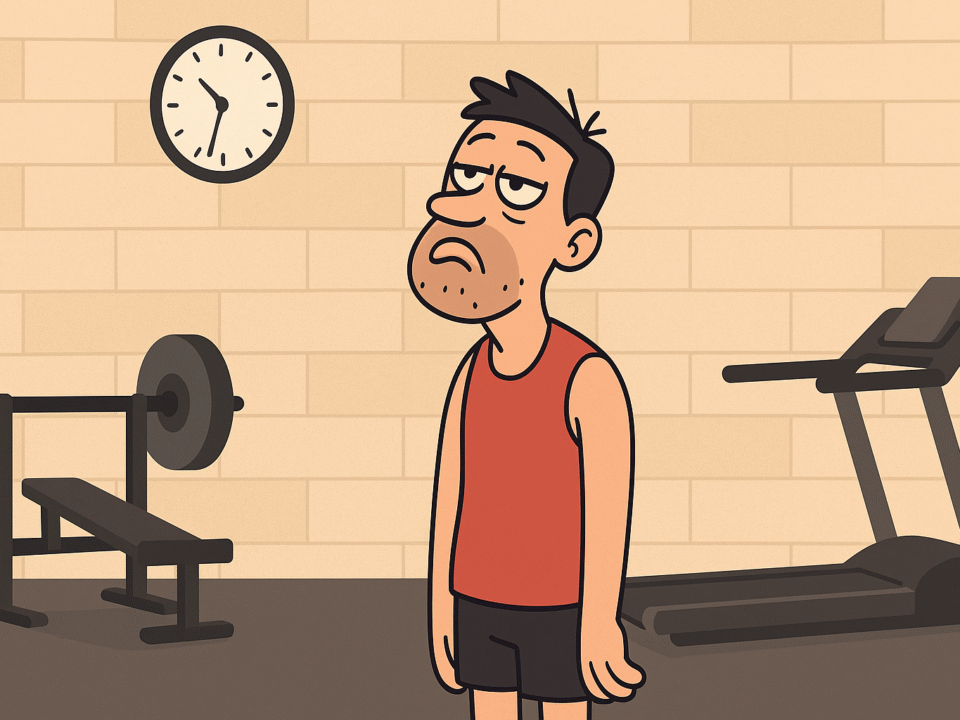
Best Workouts for Over 40 to Stay Fit & Fab
June 13, 2023
Best Workouts for Over 60
June 15, 2023Age-Defying Fitness: Best Workouts for Over 50
Reaching the age of 50 brings about several physiological changes to the body. Metabolism slows down, hormonal changes like menopause and andropause occur, and muscle loss worsens. However, the right workout plan can effectively address these age-related challenges.
Continue reading to discover a comprehensive workout routine tailored explicitly for individuals over 50. Strength training is emphasised in this plan to prevent muscle loss, improve joint mobility and flexibility, improve cardiovascular health, and help with cognitive function and brain health.
Following this individualised program, you can improve your overall health and maintain an active and vibrant lifestyle as you age.
Taking Care of Metabolism and Hormonal Changes
Our metabolism frequently slows down as we age, making weight reduction more difficult. Hormonal changes like menopause and andropause may also impact a person’s health. Here are different methods for dealing with these changes:
- Engage in Regular Cardiovascular Exercise: To increase your metabolism and burn calories, incorporate activities like dancing, brisk walking, cycling, swimming, or swimming. Set an aim for 150 minutes of aerobic exercise per week of moderate intensity.
- HIIT (high-intensity interval training) is a Must: Short bursts of intense exercise are followed by brief recovery periods in HIIT workouts. It has been demonstrated that this kind of training improves metabolism and hormonal balance. Consult a fitness professional for the best intensity and duration for your fitness level.
- Focus on Strength Gaining: Developing fit bulk through fortitude preparation assists with expanding digestion and neutralizing muscle misfortune. Include exercises like squats, lunges, chest presses, and rows that work for major muscle groups. Start with light weights or your body weight, and as you get stronger, increase the resistance gradually.
Countering Muscle Misfortune and Working on Bone Thickness
Muscle misfortune and diminished bone thickness are normal difficulties as we age. Include the following exercises in your workout routine to combat these issues:
- Strength Training: Center around practices that target explicit muscle gatherings, for example, bicep twists, rear arm muscle plunges, leg presses, and calf raises. To test your muscles, use a combination of free weights, resistance bands, and weight machines.
- Integrate Balance and Center Activities: Stability can be improved, and falls can be avoided by performing balance exercises like standing on one leg or using a balance board. Like boards and soundness balls, center activities fortify the stomach and back muscles, supporting stance and equilibrium.
- Include Activities That Require Weight: To increase bone density, perform weight-bearing activities like walking, jogging, hiking, or playing tennis. The bones are put under stress by these activities, which makes them stronger.
Promoting Joint Mobility and Flexibility
Overall functionality and injury prevention needs to maintain joint mobility and flexibility. Take into consideration the following workouts to improve joint health:
- Stretching: Include static and dynamic stretching activities in your everyday routine to increase flexibility. Your back, shoulders, and hamstrings are the main muscle areas you should pay attention to. Hold each stretch for 15-30 seconds without bobbing.
- Pilates and Yoga: These practices combine balance, strength, and stretching, promoting joint mobility and flexibility. Participate in a local class or online tutorials for older adults.
Supporting Cognitive Function and Brain Health
Numerous benefits for cognitive function and brain health have been identified through workouts. Some of the exercises to improve your mental health are listed below:
- Aerobic Workouts: To enhance cognitive function and increase blood flow to the brain, try swimming or dancing.
- Mind-Body Exercise: Yoga and Qigong, which include slow, controlled developments and profound breathing, have been found to improve mental capacities and lessen pressure.
- Activities for the Brain: Learn a new instrument or language, as well as puzzles, crosswords, and Sudoku, which stimulate the brain. Memory, focus, and overall cognitive function are all helped by these exercises.
Focusing on Cardiovascular Well-being
Cardiovascular health is essential at any age, and it becomes even more so as we age. Support your heart health by incorporating the following strategies:
- Aerobic Activity: Exercise your cardiovascular system by engaging in aerobic activity, such as jogging, cycling, swimming, or using cardio equipment like an elliptical or stair climber, which can increase your heart rate.
- Exercise with Intervals: When performing aerobic exercises, switch between times of increased intensity and rest. This approach may increase calorie burn, endurance, and cardiovascular fitness.
- Options with Low Impact: If you have joint issues or are recuperating from an accident, think about low-impact cardio workouts like swimming, water aerobics, or using an elliptical machine. These exercises limit weight on the joints while as yet giving cardiovascular advantages.
Including Mindfulness and Techniques for Reducing Stress
As we get older, stress management and promoting mental health become more and more critical. Here are a few practices to integrate into your daily gym routine schedule:
- Meditation for the Mind: Put away a couple of moments every day for care contemplation. Develop a sense of calm and relaxation by paying attention to your breath and observing your thoughts without judging.
- Outdoor Activities: Take your exercises outside whenever the situation allows. By relieving tension and soothing the mind, nature may help. Go for a walk in the park, a walk through the forest, or a peaceful outdoor yoga session.
- Social Activities: Social activities like dancing or team sports or joining a group fitness class can stimulate the mind and body. Additionally, it allows you to connect with other people, which is good for your overall health.
Putting Rest and Recovery First
As we get older, it’s crucial to put rest and recovery first to avoid injuries and feel better all around. Think about the accompanying techniques:
- Get Enough Sleep: Aim for 7-9 hours of sound sleep each night. Muscle repair, hormone regulation, and cognitive function all depend on getting enough sleep.
- Take Note of Your Body: During your workouts, pay attention to any indications of fatigue or discomfort. Adjust the exercises, and don’t push yourself to exhaustion if you need to.
- Include days for active recovery: On your days off, incorporate lighter activities like gentle stretching, yoga, or leisurely walks. These exercises advance the bloodstream, help muscle recovery, and lessen muscle touchiness.
Experience the Power of Exercise in Your 50s with the Strategy Fitness Program!
A well-rounded workout routine can address age-related metabolic changes, hormonal fluctuations, muscle loss, and joint stiffness. Over-50s can improve their overall health and vitality by incorporating cardiovascular exercise, strength training, joint mobility, and flexibility exercises, and activities that support cognitive function.
Before beginning any new activity program, talk with a fitness expert for a tailored exercise program. Strategy Fitness can help you start your fitness journey at the gym or at home, whichever is most convenient. Let your Strategy Fitness trainer help you take advantage of the power of exercise to live a long, active, and satisfying life after 50!




